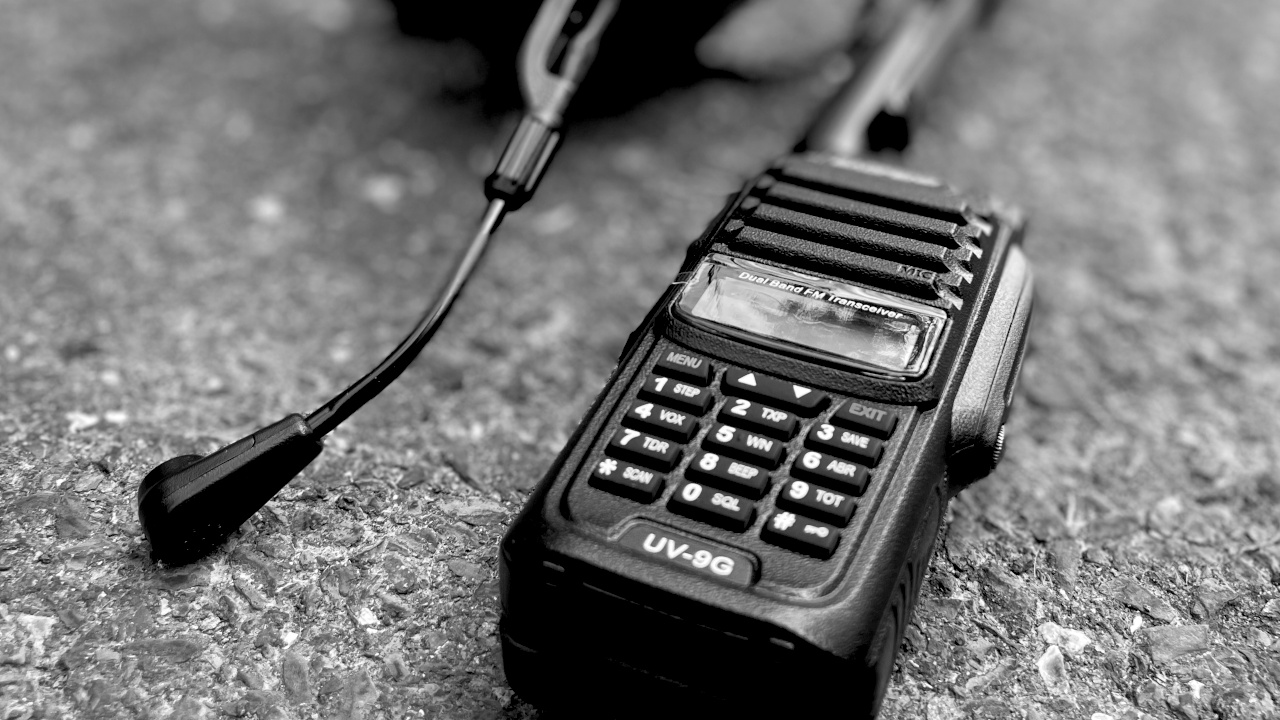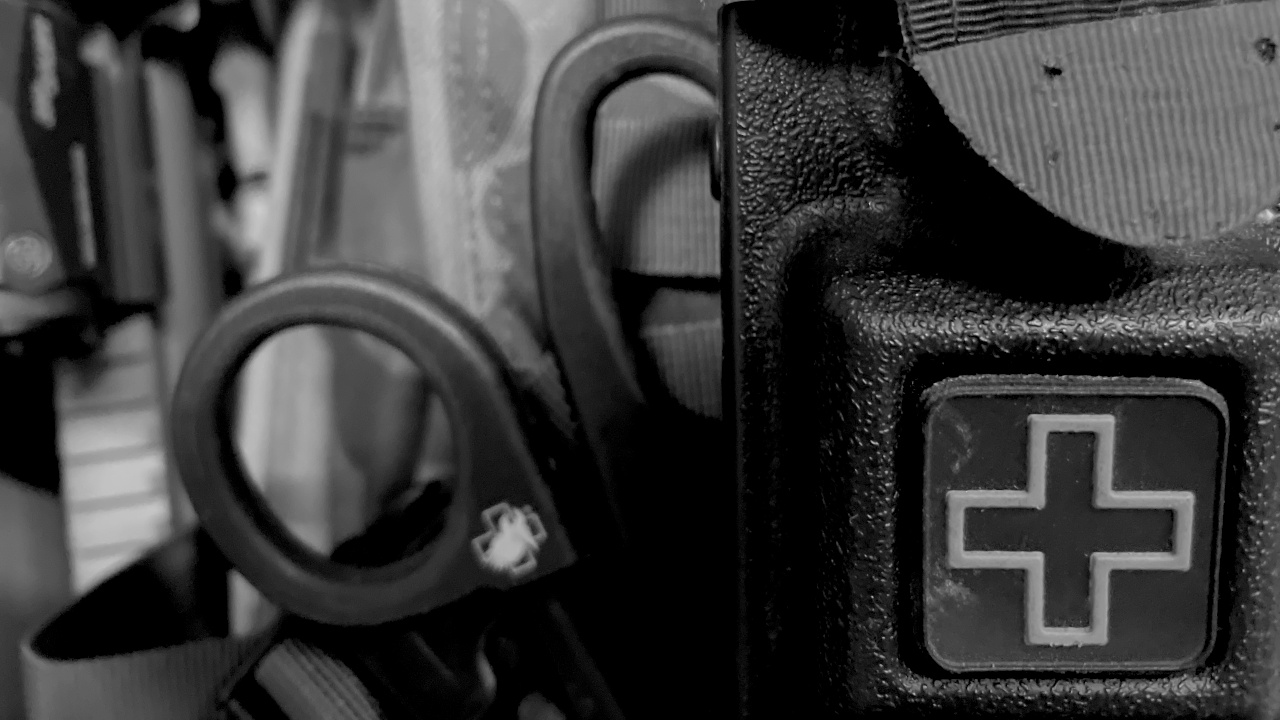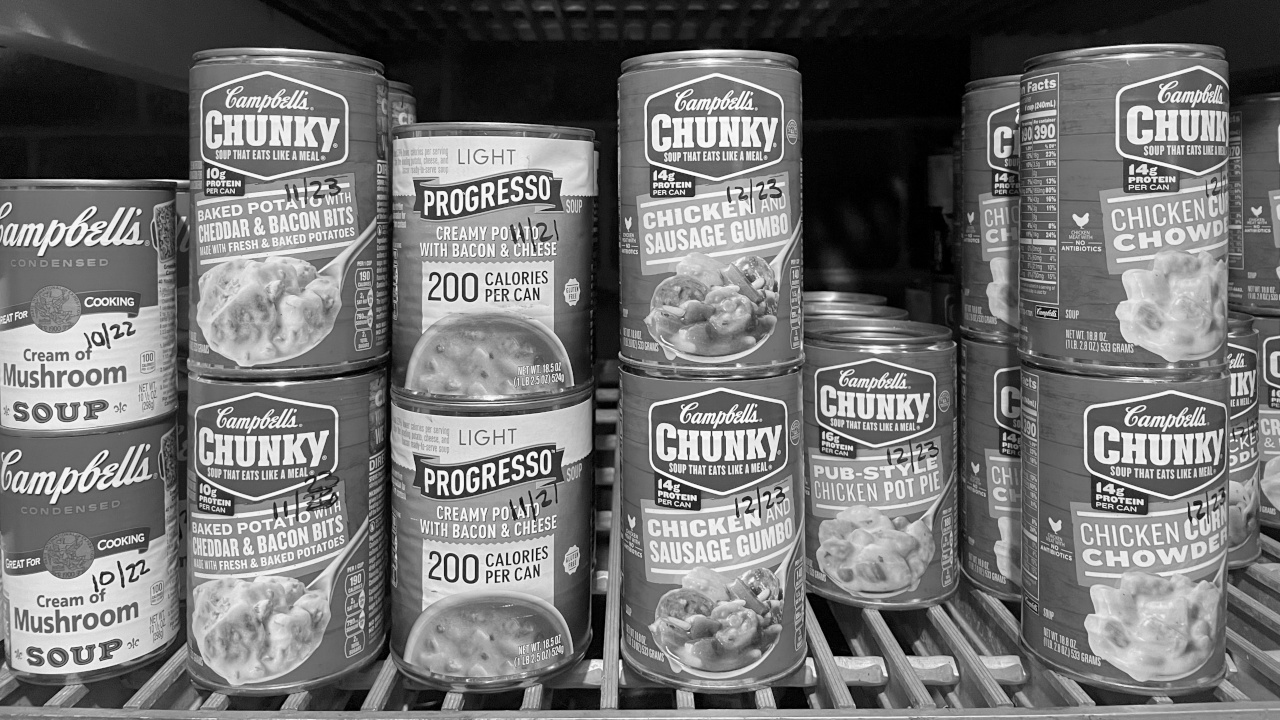Water Breaks Are a Bigger Threat Than You Think
Welcome back my fellow preppers, let’s talk about and urban water supply threat that I’ve been researching.
When you hear about a boil water advisory in the news, it usually sounds like just another local inconvenience. But recently, a string of water main breaks and contamination advisories across the country shows us this isn’t just an occasional hiccup, it’s a growing issue that highlights how fragile our water infrastructure really is.
The Growing Problem of Water Main Breaks
In just the first two weeks of August 2025, there were:
- 30+ major water main breaks
- 15 different states affected
- Over 30 boil water advisories issued
- More than 400,000 people impacted
One of the most striking cases happened in Paterson, New Jersey, where a 140-year-old, 30-inch water main ruptured. Over 200,000 residents went nearly a week without safe drinking water. Think about that: seven days of either hauling bottled water or boiling every drop before drinking it.
For the elderly, people with limited mobility, or families with children, that’s not just inconvenient,it’s dangerous.
Why Infrastructure Isn’t Keeping Up
City officials and politicians know how old their water systems are. Many pipes under our feet were laid before cars were even invented. Yet, instead of proactively replacing them, most cities wait until a crisis happens.
A local city near where I live in Virginia had a water main break that took nearly five days to resolve. There was video footage of public works employees commenting on how they’re not even sure how to fix it.
Water is our most essential resource, and yet, risk assessments and long-term infrastructure upgrades often get pushed to the back burner. Until governments take this seriously, the burden falls on us to be prepared.
How to Build Your Water Preparedness Plan
When it comes to water, I recommend a multi-tiered approach,planning for both worst-case scenarios and short-term disruptions. These are actual plans that we’ve implemented in our own emergency preparedness plan.
1. Worst-Case Scenario: Emergency Filters
- LifeStraws & gravity-fed water filters: These portable devices let you safely drink from rivers, lakes, or even a muddy puddle if you absolutely had to.
- Cost: around $15–25 each.
- Buy one for every family member and keep them sealed until needed.
2. Medium-Term Disruptions: Stored Water
- Invest in potable water storage containers (30+ gallons).
- Plan for 1 gallon per person per day (not the half-gallon some agencies recommend,that’s not realistic if you’re active or need water for hygiene).
- A $100+ investment could give you weeks of security.
3. Everyday Backups: Home Filtration
- Tabletop water purifiers (brands like PureWell) can handle questionable tap water during boil advisories.
- These are especially useful if water is still flowing but isn’t safe to drink.
How Much Water Do You Really Need?
Traditional guidance says two weeks. My personal recommendation: four weeks.
Why? After living through Hurricane Helen, I saw firsthand how slow recovery efforts can be. Some communities in the Appalachian Mountains went without safe, running water well into January 2025. When disasters stretch longer than expected, your stored water becomes priceless.
Final Thoughts
Water main breaks and boil advisories aren’t rare “freak accidents”,they’re happening every single week across the country. Until infrastructure is updated, it’s on us to take responsibility for our households.
So ask yourself:
- Do you have at least four weeks of water stored?
- Do you have a way to filter dirty water in an emergency?
- Do you have enough for every member of your family?
Preparedness doesn’t have to be complicated or expensive. A few smart investments today can mean peace of mind tomorrow.
Stay safe. Stay prepared. And don’t wait until the taps run dry to take action.




